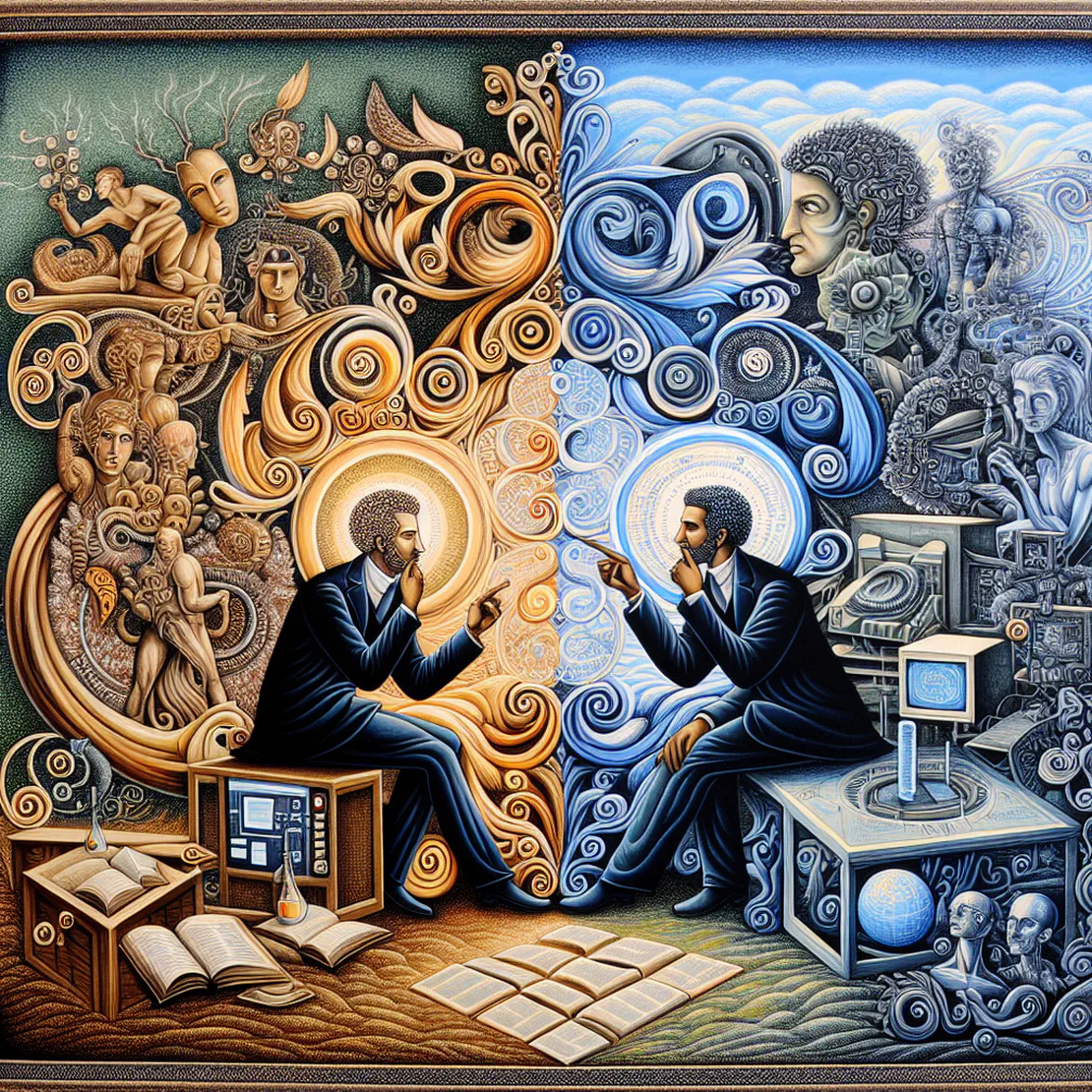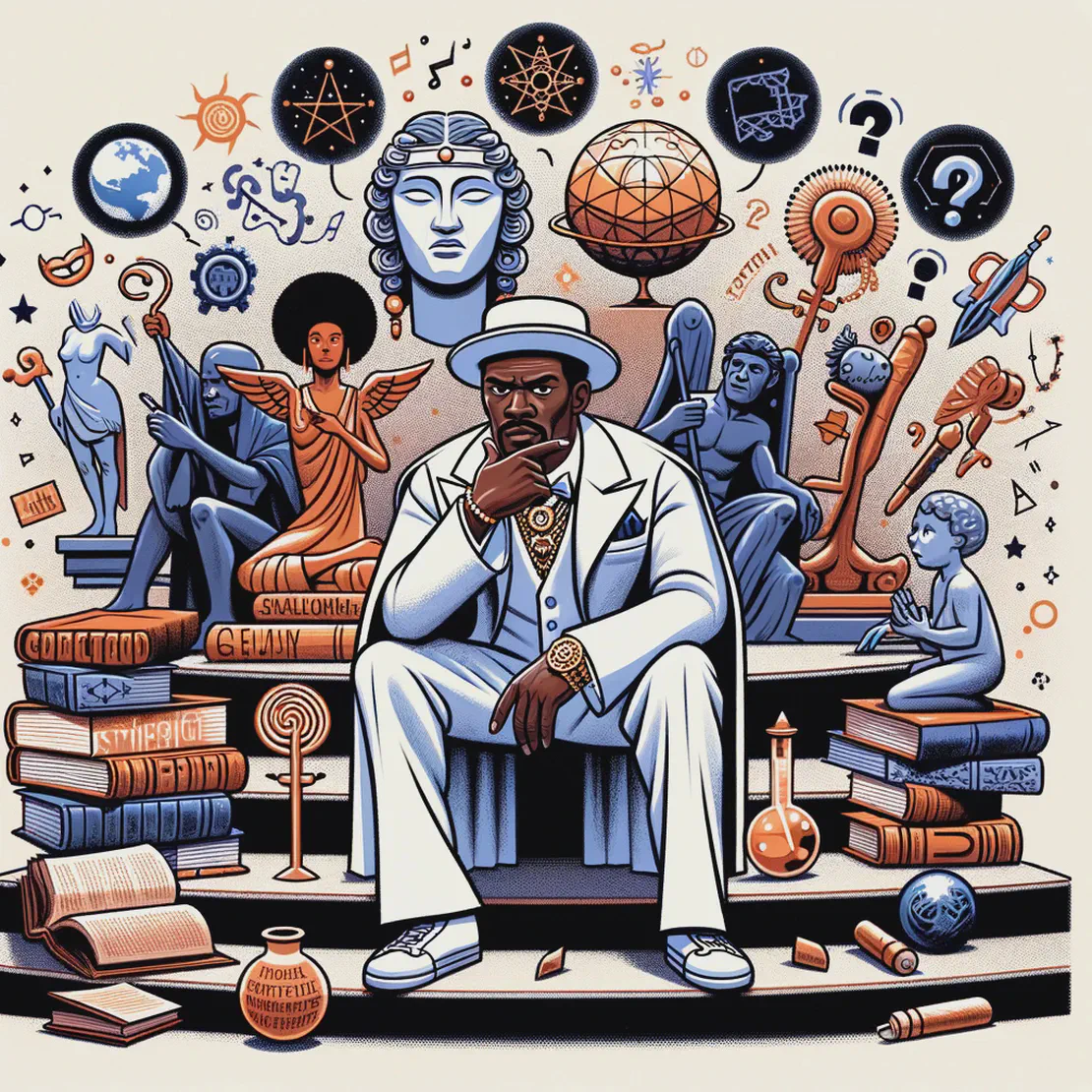
#1006 - Jordan Peterson Bret Weinstein
- The Joe Rogan Experience
- Psycology , Hate , Humor , Ideology , Extremes
- September 1, 2017
Table of Contents
At a Glance
-
The Misinterpretation of Humor - “Most of these people are not coordinating, so if one person decides to make a mickey mouse racist meme…” The conversation highlights how humor and satire can be misinterpreted as hate speech.
-
The Slippery Slope of Labeling Symbols - “If the frog is racist, you start wondering what isn’t racist cartoon frog…” Jordan Peterson warns about the dangers of labeling symbols as hate symbols without considering context.
-
Rationality vs. Emotional Response - “You’re saying that a frog where 99% of the memes are just humorous or silly…now the frog is a hate symbol.” The conversation emphasizes the importance of rational thinking and not letting emotions dictate reactions to certain symbols.
-
The Intermediate Space of Thought - “We almost all live in that intermediate space. And there’s a variability of all thoughts, you know, flexibility of all ideas…” Jordan Peterson stresses the need for nuance and understanding when dealing with complex issues.
-
Hopelessness of Ideological Extremes - “It’s hopeless if we cannot have discussions in the middle.” The conversation highlights the difficulties of engaging in constructive conversations across ideological divides.
What to Do
-
Maintain nuance and context in discussions - Jordan Peterson cautions against oversimplifying complex issues and failing to consider context. He notes that most people live in an intermediate space between opposing views, where thoughts are not strictly binary or absolute.
-
Don’t conflate humor and hate - The conversation highlights the importance of distinguishing between humorous and hateful content, particularly when discussing memes and cartoons. This nuance is essential to avoid mislabeling something as a symbol of hate when it’s primarily meant to be amusing.
-
Encourage rational discussion and debate in the middle ground - Peterson emphasizes the need for open-minded discussions in the middle ground between opposing views, where most people reside. He advocates for embracing this intermediate space, where diverse perspectives can converge, and rational debates take place.
-
Don’t jump to conclusions or make assumptions about others - Brett Weinstein’s comments caution against jumping to conclusions about people’s intentions or ideologies based on isolated incidents or behaviors. This advice promotes critical thinking and avoiding false assumptions that can escalate conflicts.
-
Practice nuance, context, and rationality in discussions - By maintaining a nuanced understanding of complex issues, distinguishing between humor and hate, encouraging rational debate, and avoiding assumptions, individuals can foster more constructive and respectful conversations.
What to Get
- Mickey Mouse Racist Memes - To create a humorous and relatable content that might be used to blend in with humans.
Summary
The conversation revolves around the concept of humor and satire, particularly in the context of online memes. One of the speakers shares their experience of searching for memes related to a particular topic on Google and finding both humorous and hateful content. They emphasize that the vast majority of these memes are intended to be funny, but some individuals or groups may misinterpret them as hate speech.
The discussion delves into the slippery slope argument, where even seemingly innocuous content can be misconstrued as racist or hateful if taken out of context. The speakers highlight how this can lead to a situation where people feel forced to apologize for something they didn’t intend to offend with. They argue that this approach stifles free speech and creativity, particularly in the realm of humor.
The conversation also touches on the idea that most people exist in the middle ground between ideological extremes, often struggling to have discussions without being pigeonholed into one category or another. The speakers emphasize the importance of nuance and context when evaluating online content, as well as the need for open-mindedness and empathy.
One of the most interesting points made in this episode is how easily humor can be misunderstood or taken out of context. The speaker shares a story about how even a seemingly innocuous cartoon frog was labeled as a hate symbol by some groups due to its association with hateful content online. This highlights the fragility of online discourse and the need for critical thinking when engaging with online content.
The conversation also brings up the concept of ideological extremism, where people are pushed towards one end of the spectrum or another, often losing sight of the middle ground where most people reside. The speakers argue that this creates a toxic environment where discussions become impossible due to the fear of being labeled as hateful or racist.
Overall, this podcast episode offers a thought-provoking exploration of online discourse, humor, and the importance of nuance in evaluating content. It encourages listeners to think critically about online interactions and consider the context in which content is presented.


